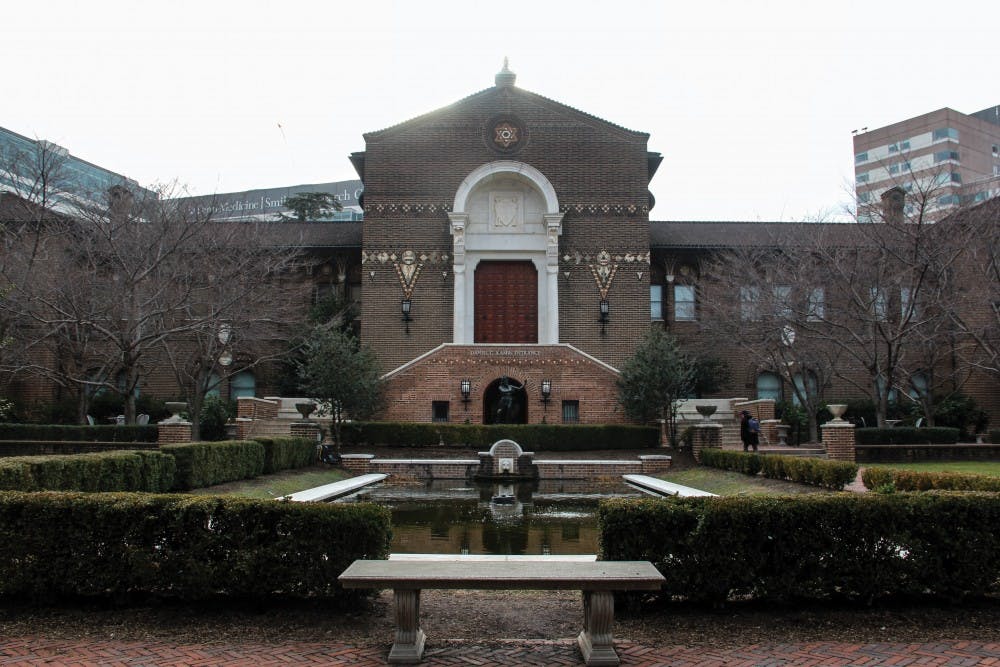
A museum in China has called for the return of two works of art, from the Penn Museum, which were originally purchased in 1921.
Credit: Morgan ReesThe tomb of an emperor, a ‘notorious’ art dealer and the University of Pennsylvania Museum of Archaeology and Anthropology recently converged across over 13,000 years of art history.
A message from a museum in China called the Zhaoling Museum to the University of Pennsylvania on Jan. 11, posted on the museum’s public WeChat page, called for the return of two famous stone reliefs called the “Taizong Horses” or “Tang Horses.” These two reliefs are from a complete set of six horses known as the “Zhaoling Liujun” set named after the area where they were found, according to China Daily. The pieces were originally found at the site of the Mausoleum of Tang Emperor Li Shimin, who died in the year 649.
A ‘notorious’ art dealer, C. T. Loo, lent the pieces to the Penn Museum in the late 1910s and early 1920s, at which point Penn purchased the pieces for $125,000 via a donation from Eldridge Johnson in 1921. Loo was sometimes known to provide vague descriptions of how he acquired his pieces. Julian Siggers, Director of the University of Pennsylvania Museum, said the Penn Museum is not aware of how the pieces came into Loo’s possession before they were sold to Penn.
“Exactly whose hands [the reliefs] passed through before the Museum was involved is not clear,” Siggers said in an email to The Daily Pennsylvanian.
The Penn Museum has kept the pieces on display for the public since they were acquired, and it completed conservation on the reliefs in 2010. The Zhaoling Museum keeps the other six reliefs of the set on display, and requested the return of the pieces. According to China Daily, the statement released by the Zhaoling Museum lectured the Penn Museum on its decision to purchase the reliefs nearly 100 years ago, and called for their immediate return.
“The Penn Museum should not have purchased the two horses ... We hereby demand that Penn Museum negotiate a plan to reunite the six horses,” the Zhaoling Museum said in the statement.
“We have not received a request for their return from a Chinese official,” Siggers said in response to the statement.
Siggers is correct, as the Zhaoling Museum statement was not directly issued from a Chinese official, however, the Museum’s website does list members of the Chinese government under its leadership.
The Daily Pennsylvanian is an independent, student-run newspaper. Please consider making a donation to support the coverage that shapes the University. Your generosity ensures a future of strong journalism at Penn.
Donate



